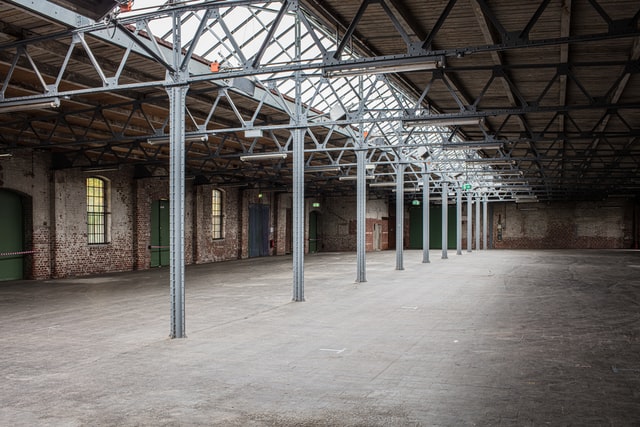2022
How to Pick the Right Warehouse Layout

Deciding on your warehouse layout and organization is crucial because it can improve your business operations. So, let us look at how to pick the right warehouse layout and what elements it absolutely must contain.
Carefully measure and map the space
The first thing you need to do to pick the right warehouse layout is to know what you have to work with. You can achieve a lot by moving things around, but nothing can be done about the actual parameters. If you go in blindly, you risk ending up with a disorganized mess of a warehouse that is wasting its potential. You also need to take this moment to decide on one of two 'layout shapes.' You can have your warehouse organized as an 'L,' where the entrance does not lead immediately into the warehouse, or an 'I,' where the warehouse is a more traditional plain warehouse whose loading dock looks directly into the rest of the building. This mostly depends on your structure but can be altered with partitions.
Know what type of warehouse you want
Knowing what kind of warehouse you want is crucial when choosing a suitable layout. Do you want long-term storage, which you will not withdraw things from often? Or will the warehouse work partially as a staging area, where things constantly cycle into and out of storage? If it is the former, you can pack in your shelves tighter. But the latter would require more space dedicated to passages between shelving.
Provide easy access to the goods
No matter what you want to use your warehouse for, you still need to be able to access the stored goods easily. The spacing between shelves and other storage areas must allow at least forklifts to pass through easily. That will also improve fire safety in your warehouse.
Leave space for a ‘packing’ area
Sometimes, it will be necessary to repackage your goods into larger crates or boxes. For this purpose, the experts from Strong-Ass Movers recommend leaving some empty space directly in front of the entrance to your warehouse. That is also helpful for quickly unloading trucks since you will have a place to keep the goods temporarily. Then, they can be properly carted off to the appropriate section of your warehouse.
Know what equipment you want and need
The equipment you plan to use will affect how you organize your warehouse. Forklifts and similar machines come to mind immediately. But, this also means you will need to dedicate a part of your warehouse to housing the equipment. You cannot precisely leave it all lying out in the open, even if the warehouse is locked. So, plan for an area to safely store everything you need to run a warehouse properly. Of course, you should also include precise instruction on how such places in your warehouses must be maintained when training warehouse employees. The storage for the equipment also needs to be in the 'entrance' area of your warehouse because you need easy access to it.
Test things out
Our final advice for you is not to overthink things. Theorizing is all well and good. But, your warehouse layout still needs to prove itself as practically viable. So, even if you need to shuffle things around later, do not be afraid to test things out! If things do not work out, you can always rely on professional warehousing services to support your business.
Final comment
Now that you know more about how to pick the right warehouse layout, you can start making plans. Keep in mind that your priority should always be accessibility and convenience. Your goods can move unobstructed, so your warehouse does not suffer congestion.
For over 30 years, 18 Wheels Logistics has strived to be the most customer-centric trucking, warehousing, and logistics company around. Based in Vancouver, British Columbia, Canada, 18 Wheels relies on experience and integrity to make customers happy and remain on the cutting edge of shipping and logistics management.
If you have any questions about this article or you would like to talk to us about your shipping needs, please call us at (604) 439-8938.
